Where Should You Place Your Pet Camera?
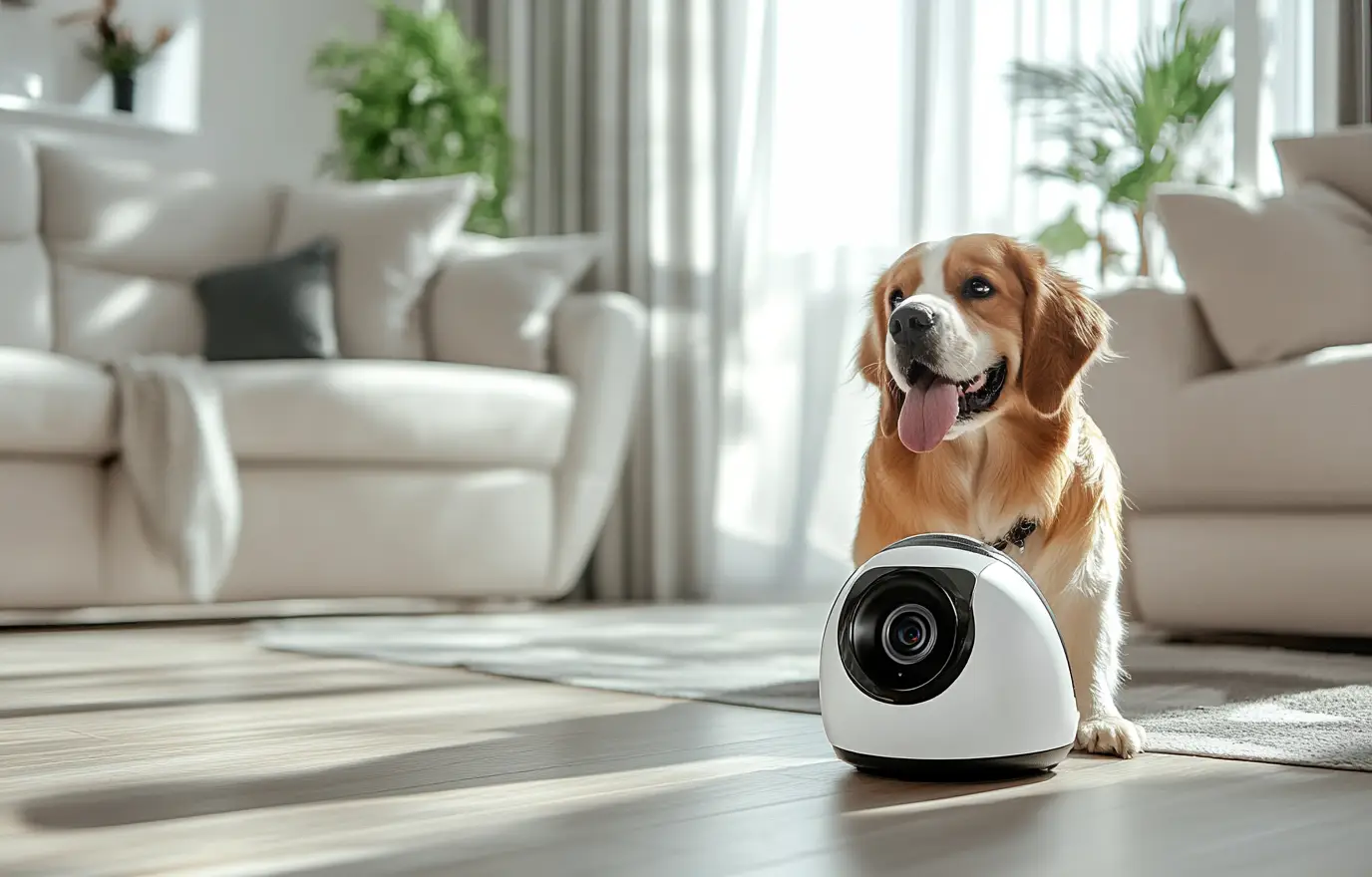
PHOTO: Yueke
With modern technology, pet cameras allow us to keep an eye on our pets while we're away from home. To make the most of these cameras, placing them in the right location is crucial. Here are some tips to help you find the best placement for your pet camera.
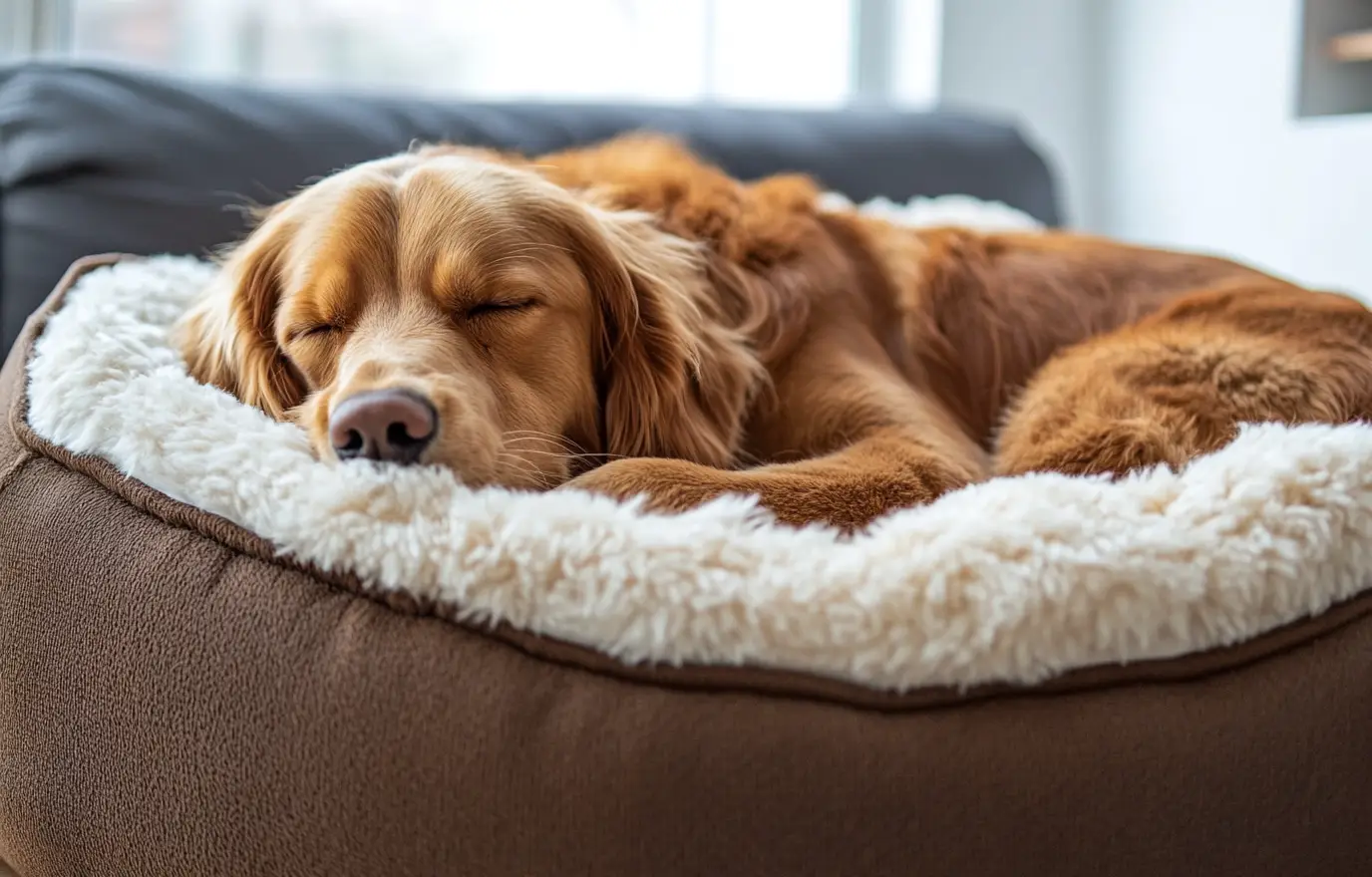
PHOTO: Yueke
1. Choosing the Right Placement Central Areas of the Home: Place the camera in central areas of the home to monitor your pet’s main activity zones, including play, rest, and feeding areas. This helps in understanding your pet’s daily habits and behavior patterns. Outdoor Environment: If your home has a yard or your pet frequently spends time outside, install the camera in the yard or a commonly used outdoor area. This allows you to observe how your pet plays, searches for food, and interacts with other animals outdoors. Adjustable Height: Adjust the camera’s height according to your pet’s size and activity range. This will capture your pet’s perspective and actions more effectively.
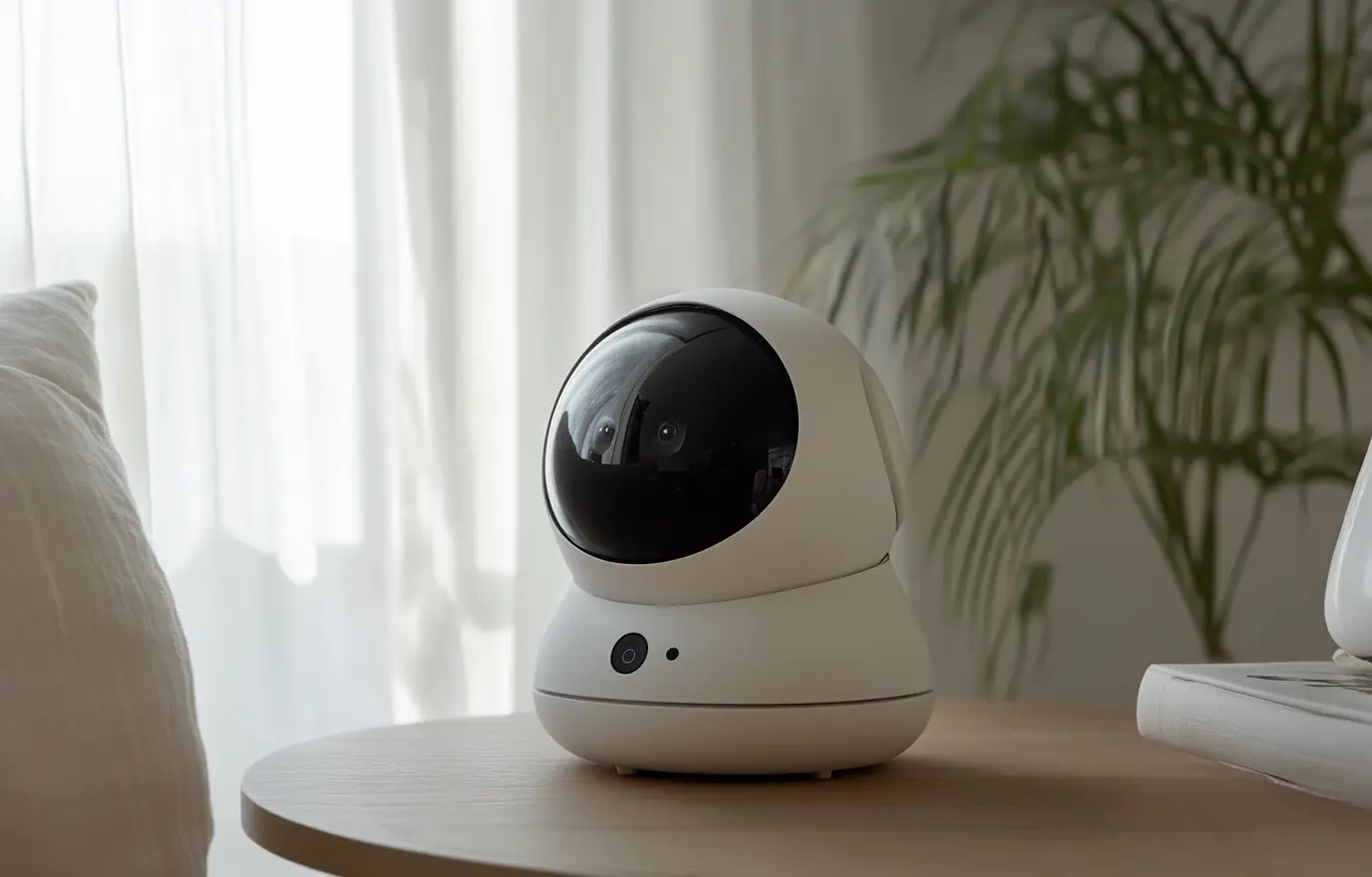
PHOTO: Yueke
2. Consider Camera Features High Definition Quality: Choose a camera with high-definition quality to capture every action and expression of your pet clearly. This is crucial for monitoring your pet’s daily activities and behaviors. Night Vision: If your pet is active at night, opt for a camera with night vision capabilities. This ensures you can see your pet’s activities even in low-light conditions. Motion Tracking: A camera with motion tracking features can automatically follow your pet’s movements, capturing more interesting moments.
Editor's Pick: Kasa Indoor Pan/Tilt Smart Security Camera
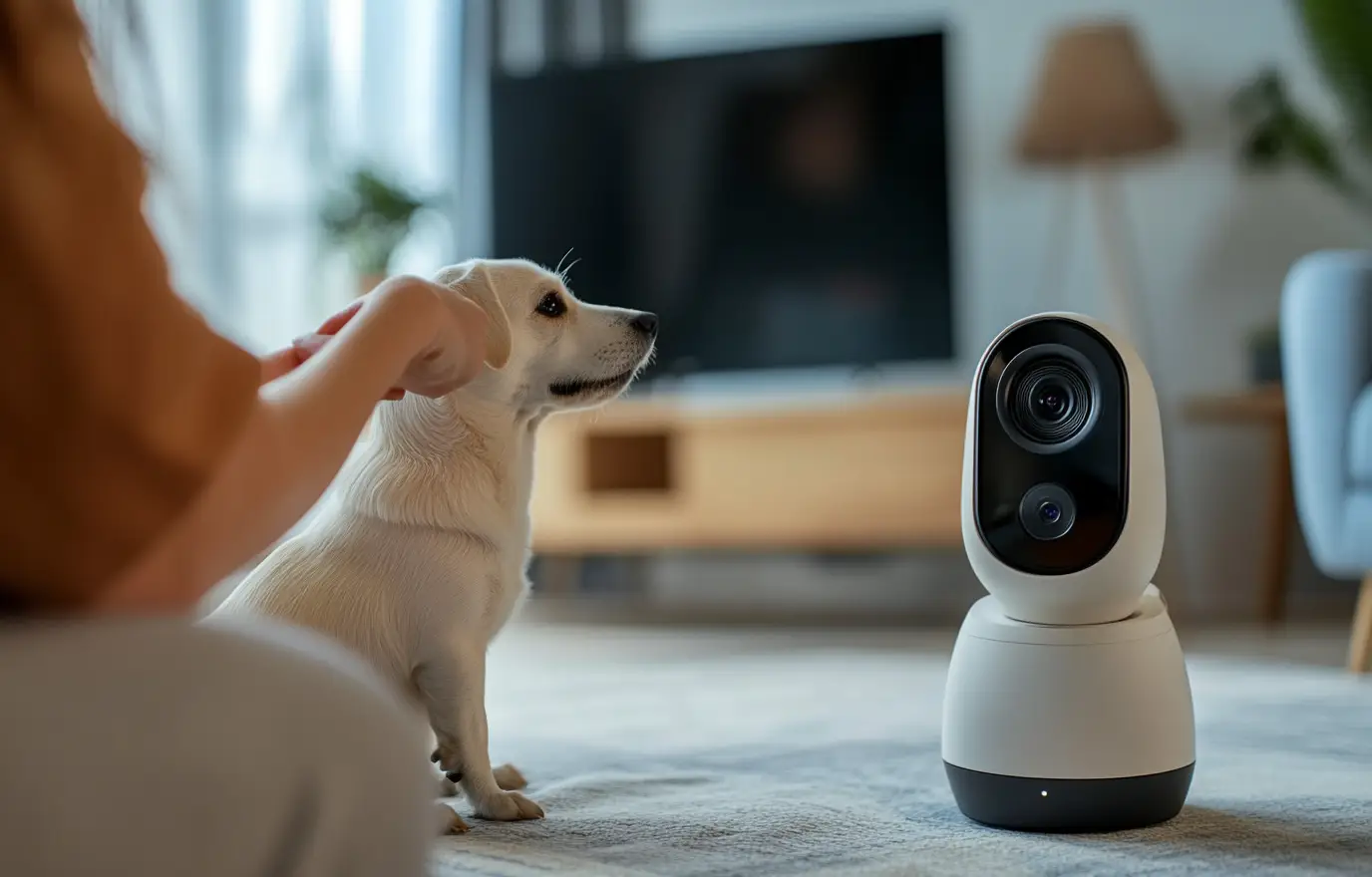
PHOTO: Yueke
3. Usage Considerations Privacy Protection: When using a pet camera, be mindful of protecting personal and pet privacy. Only use the camera when necessary and avoid pointing it at private areas. Regular Checks: To ensure the camera functions properly, regularly check the device’s connection, battery life, and storage space. Legal Compliance: Adhere to local laws and privacy policies when using pet cameras. Ensure compliance with regulations regarding recording or transmitting video and inform relevant parties as needed.
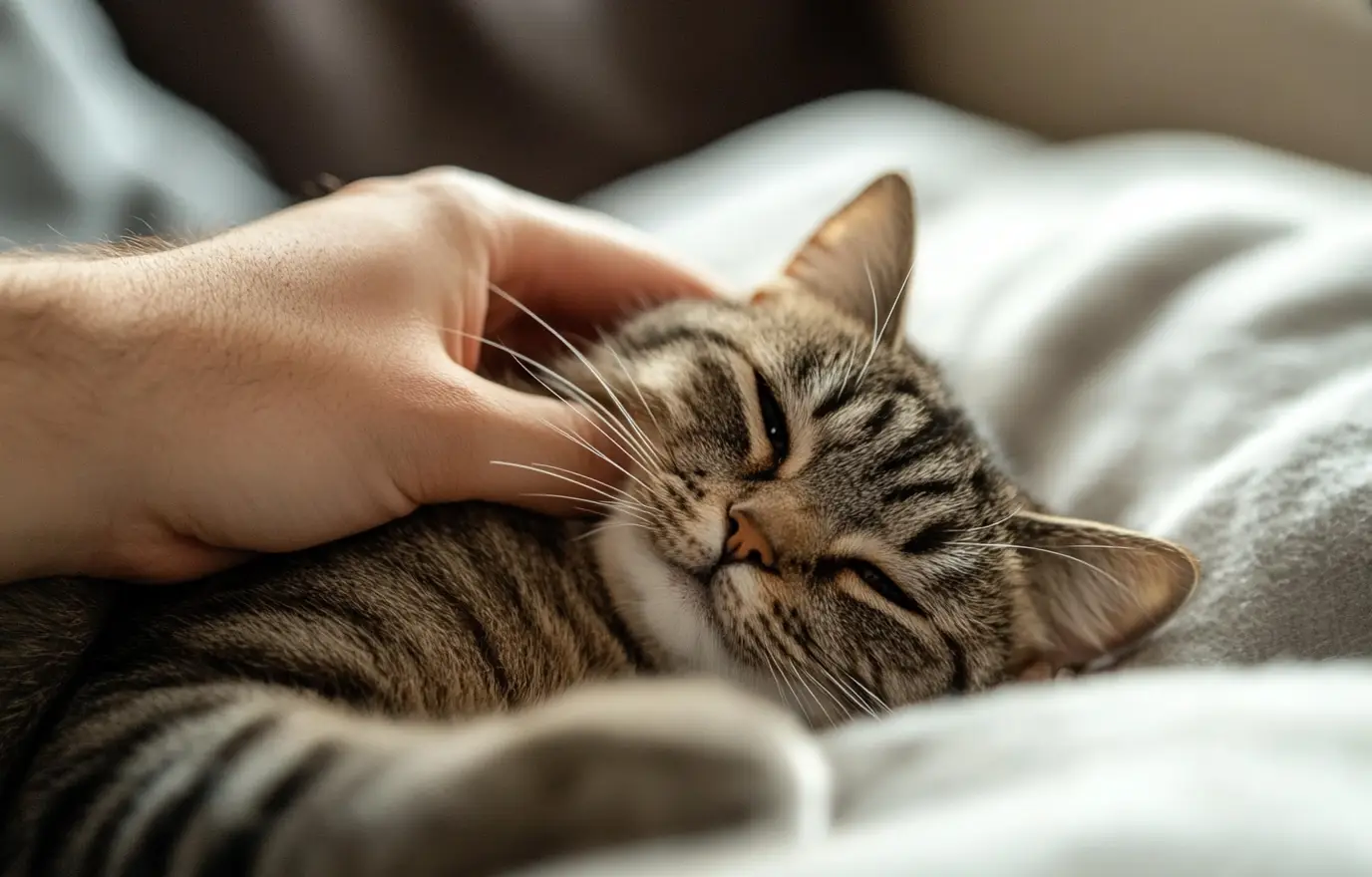
PHOTO: Yueke
4. Enjoy Interactive Time with Your Pet Using a pet camera allows for a deeper observation and understanding of your pet’s daily life. Reviewing footage helps you better comprehend their daily behaviors, emotional states, and interactions with other pets or people. This not only strengthens the bond with your pet but also provides more joyful moments. Choosing the right placement, considering the camera’s features, and ensuring privacy protection are key to maximizing the benefits of a pet camera. This way, you can gain a deeper insight into your pet’s daily life, adding more enjoyment and happiness to your life.
![]() Top Headlines
Top Headlines
